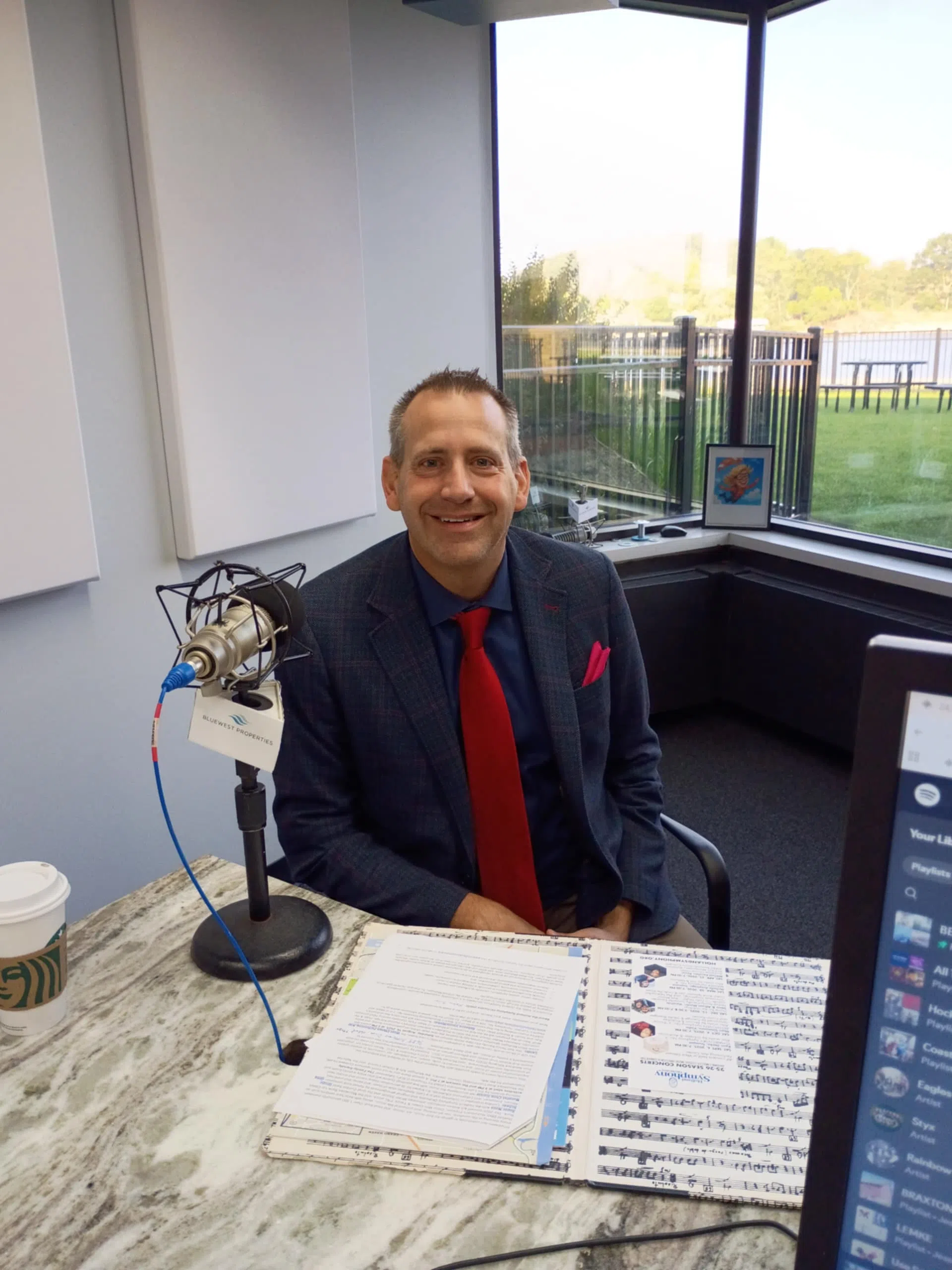Grand Haven, MI (WGHN) – The Holland Symphony Orchestra stopped in to chat about t free family-friendly concert. Michael Naess is President & CEO of The Holland Symphony Orchestra.
Hear the interview below:
Event details:
Saturday, August 16, 2025, at 2 PM
West Ottawa Performing Arts Center (3685 Butternut Drive, Holland, MI 49424)
This FREE, family-friendly concert is part of HSO’s “Gift of Music” month! Please join us in celebrating our move into our new home at the West Ottawa Performing Arts Center. Enjoy fresh-baked goods, candies, and snacks from Marlene Buller’s local bakery, Frosted Memories. A portion of each purchase will benefit HSO’s Education programs. Cash payment is preferred, but Venmo is also an option.
Johannes Muller-Stosch, Music Director & Conductor
Rebecca VenDeWalker, Principal Flute, Susan & Randall Miller Chair
PROKOFIEV Peter & the Wolf
J.S. BACH Brandenburg Concerto No. 3 in G Major*
MOZART Flute Concerto in D Major*
HAYDN Symphony No. 104 in D Major “London” *
*Only the first movement will be performed
This family-friendly concert begins with one of the most famous musical children’s folktales, Prokofiev’s Peter & the Wolf. Designed to introduce children to the instruments of the orchestra, each character in the story is represented by a specific instrument, allowing listeners to easily identify them through the music. The story follows Peter, a young boy who disobeys his grandfather and ventures out into the meadow, encountering various animals and ultimately capturing the wolf. This charming 35-minute masterpiece is full of brilliant melodies that listeners will carry with them throughout the day. Families with young children may leave after this piece, should they not wish to stay for the more “classical” half of the concert.
Bach’s Brandenburg Concertos are among the most perfect examples of the Baroque concerto that we have today. Few works in the history of music can match their tireless invention, their colorful instrumentation, or the tremendous demands they make on performers. The Third Concerto, for nine solo strings, opens majestically, with the soloists grouped by instrument (the violins play one figure, the violas another, and the cellos a third), although there are moments of independence for each of the soloists. This first movement is a prime example of Bach’s genius and offers music of lighthearted warmth and melodic majesty.
Mozart’s Flute Concerto No. 2 in D major, K. 314, is a vibrant and engaging piece, originally written for oboe but later adapted for flute. The first movement is characterized by its bright disposition and virtuosic flute writing, which will give HSO principal flute and Susan and Randall Miller chair Rebecca VanDeWalker, the spotlight for rapid scales and trills, countered by witty and charming orchestral passages.
Mozart studied and admired Haydn, who is considered the father of the symphony and string quartet. His last group of symphonies were composed during his two trips to London in the 1790s. Number 104 is his last symphony and nicknamed the “London” symphony because it was Haydn’s farewell to the great city. From its triumphant grand opening to the brooding minor passages, the first movement is noted for its expressive range, including humor, irony, and emotional depth, exploring a wide range of human emotions beyond simple joy and sadness. The work is a great way for listeners to hear the many colors of the full orchestra and the exceptional skill of its players.

Comments